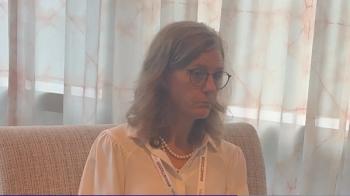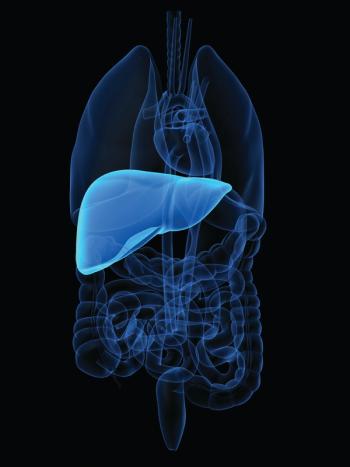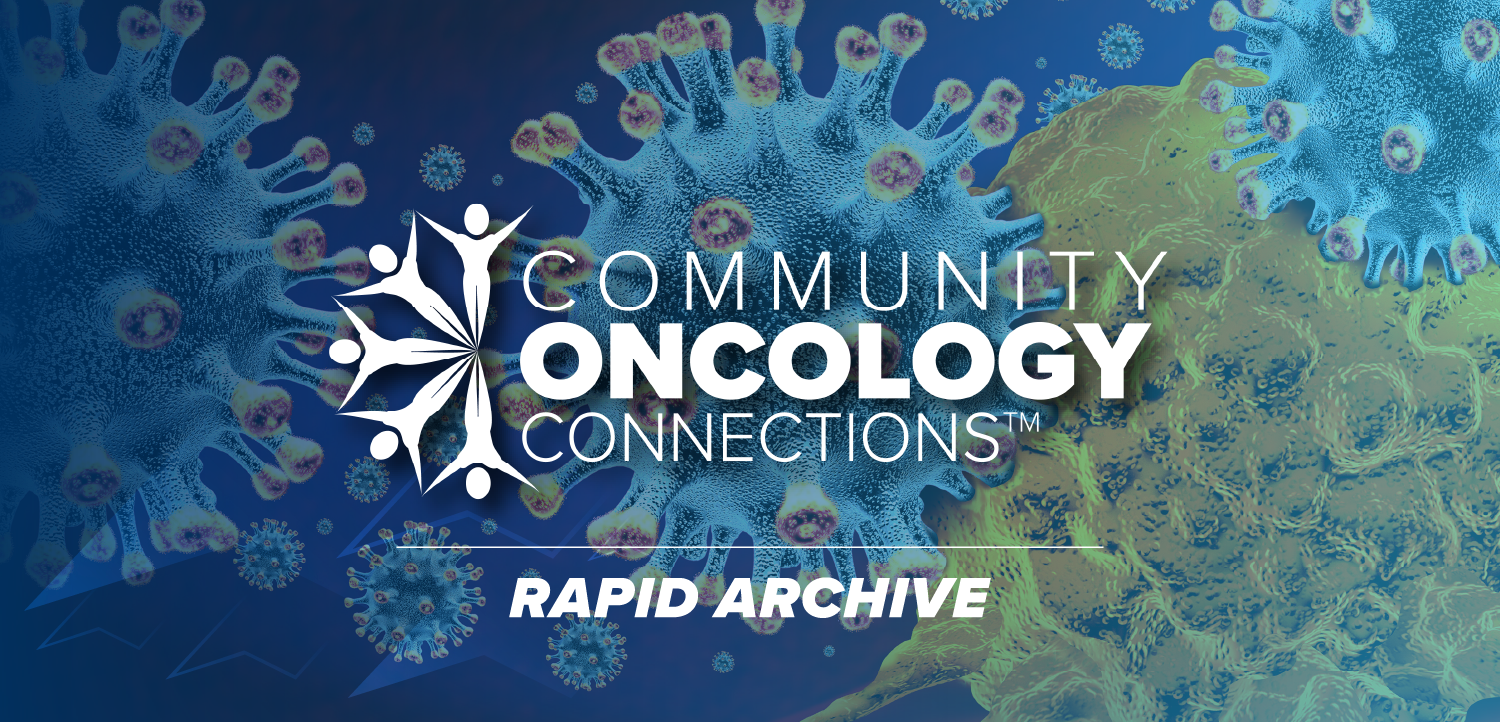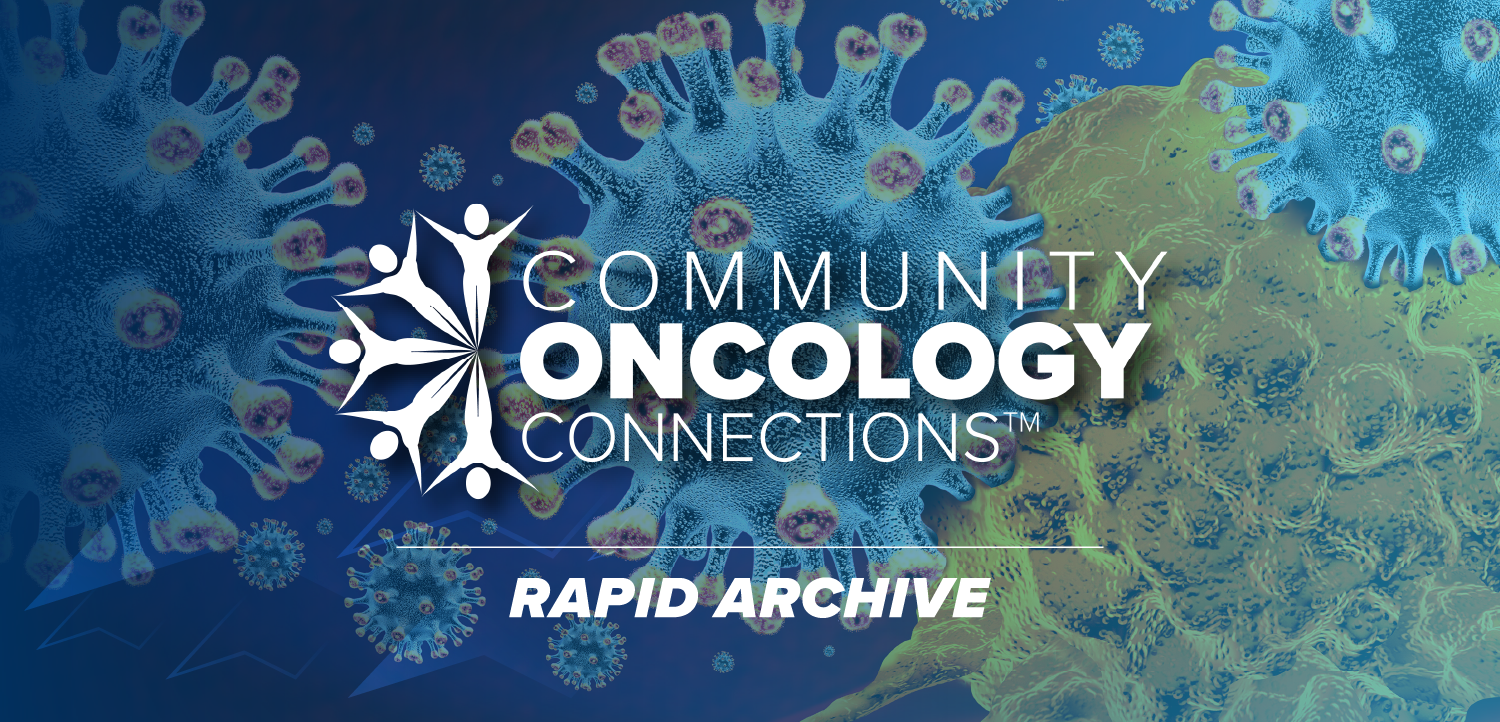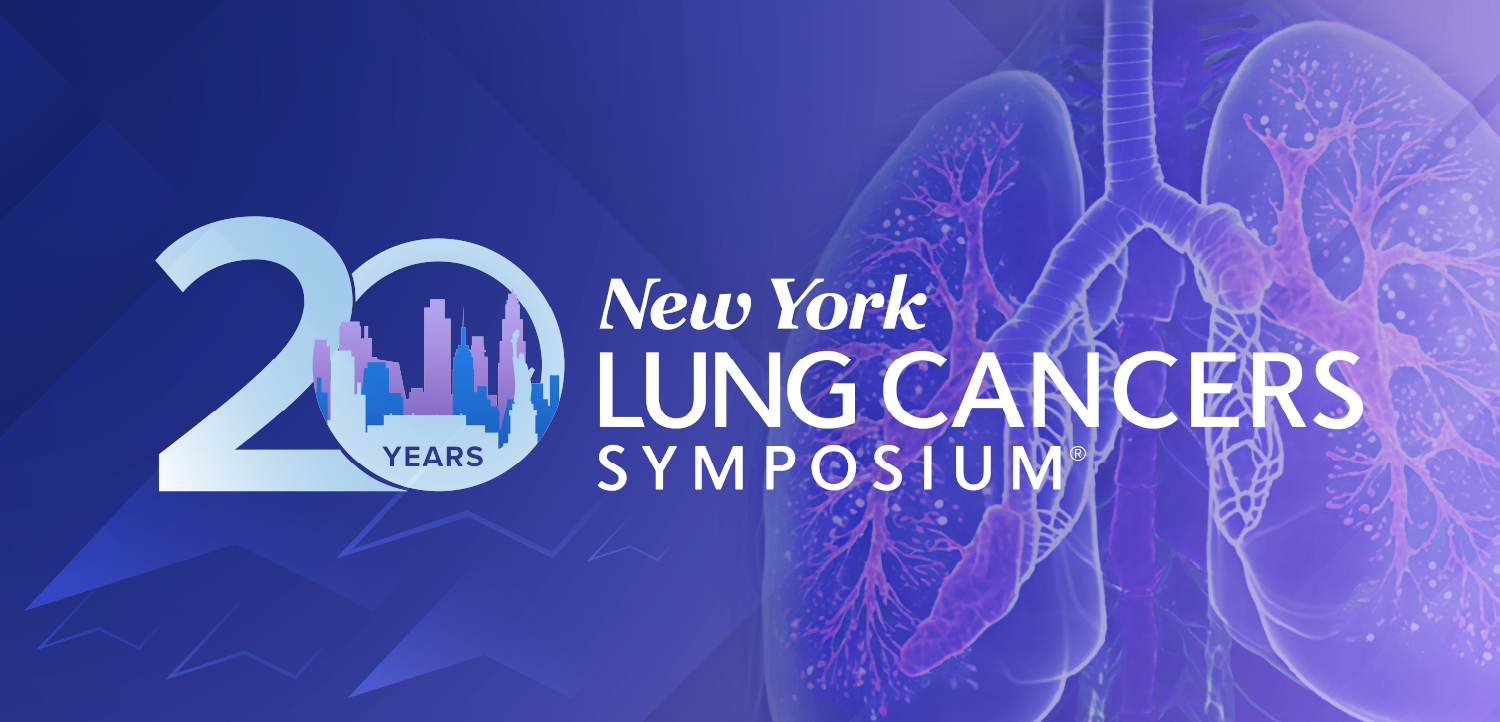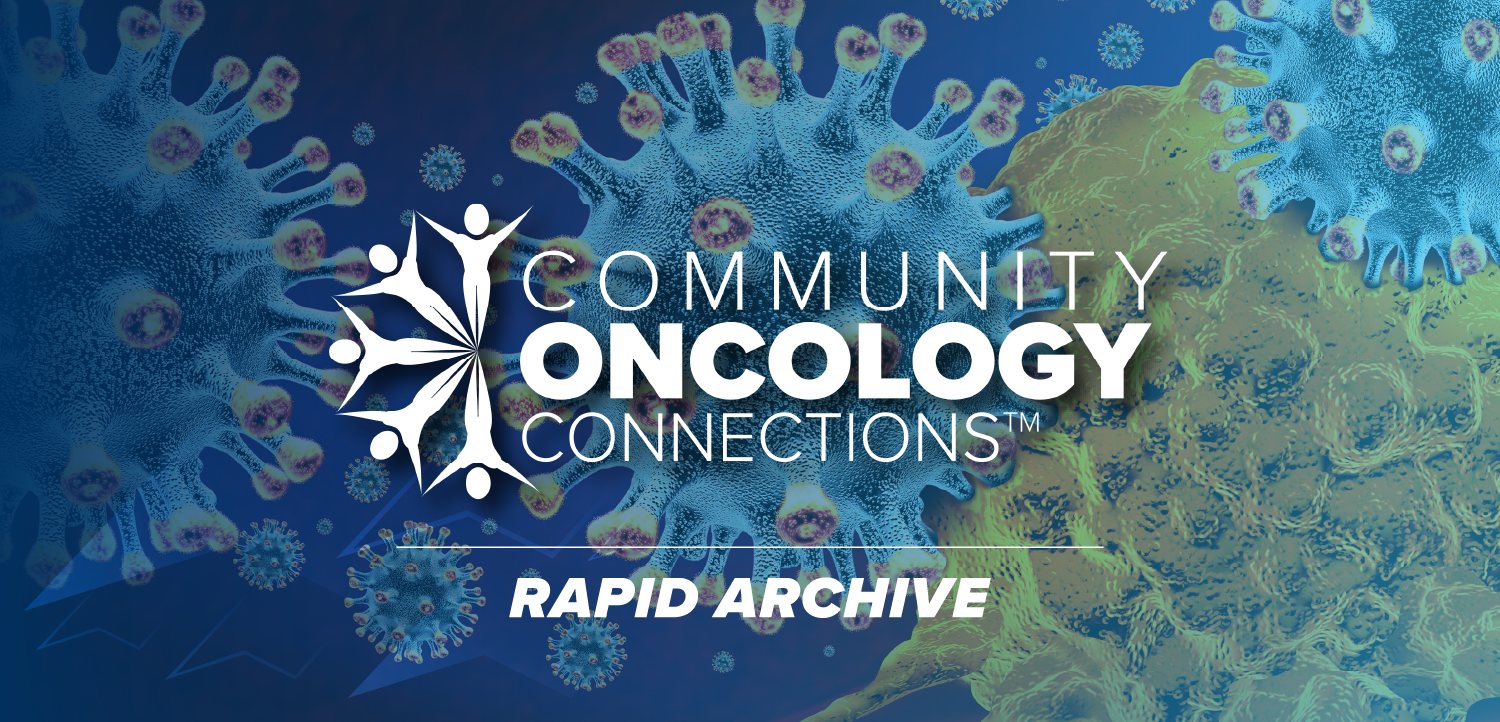
Treatment of Gastroesophageal Junction Carcinoma
This video reviews first- and second-line treatment options for patients with carcinoma of the gastroesophageal junction.
In this video, Ian Chau, MD, of Royal Marsden Hospital in London, reviews first- and second-line treatment options for patients with carcinoma of the gastroesophageal junction.
In the first-line setting, different standards for treatment duration exist around the world, including the idea of rechallenging with the same chemotherapy if a patient achieves stable disease.
In the second-line setting, Chau discusses the use of chemotherapy and ramucirumab.
Newsletter
Stay up to date on recent advances in the multidisciplinary approach to cancer.




